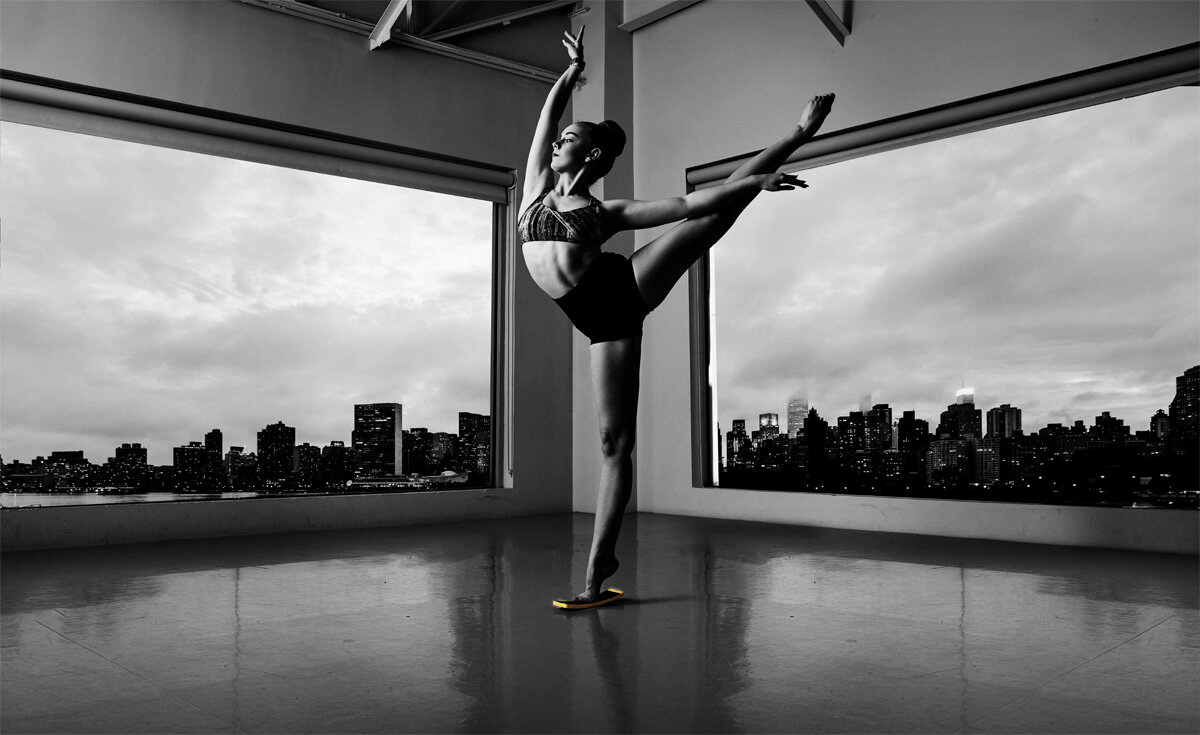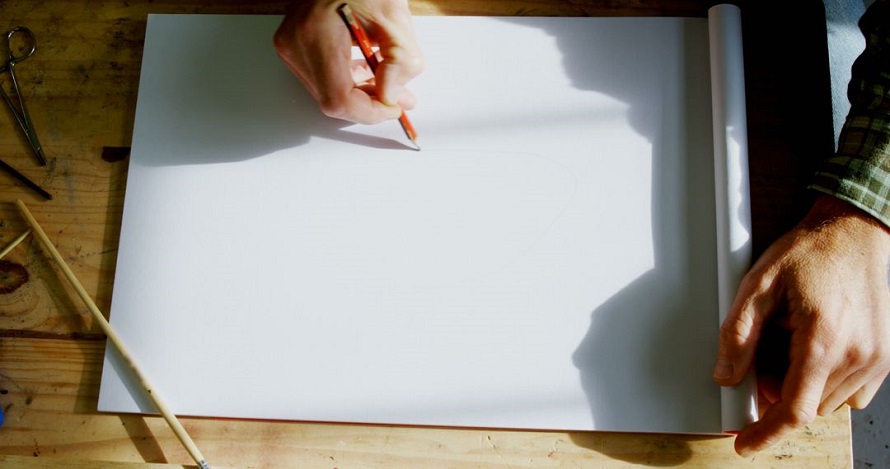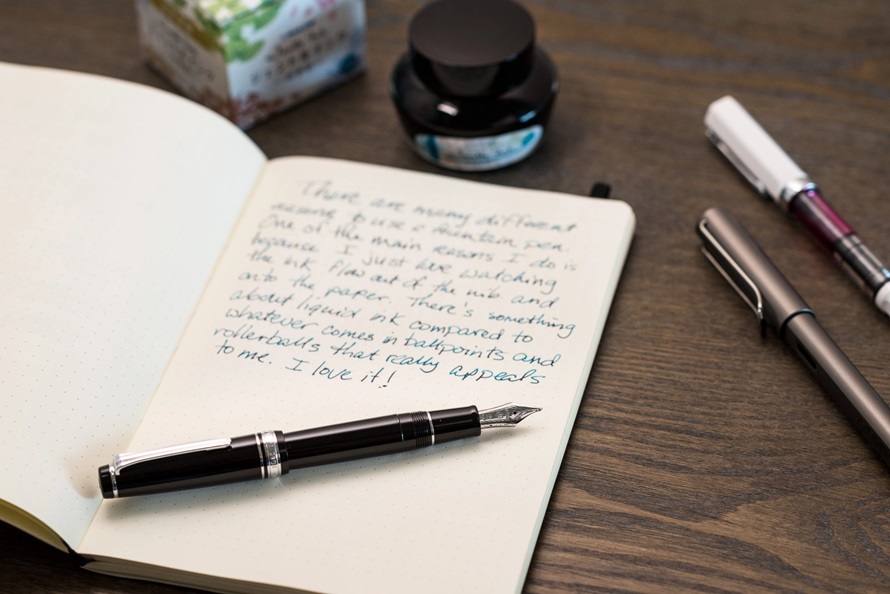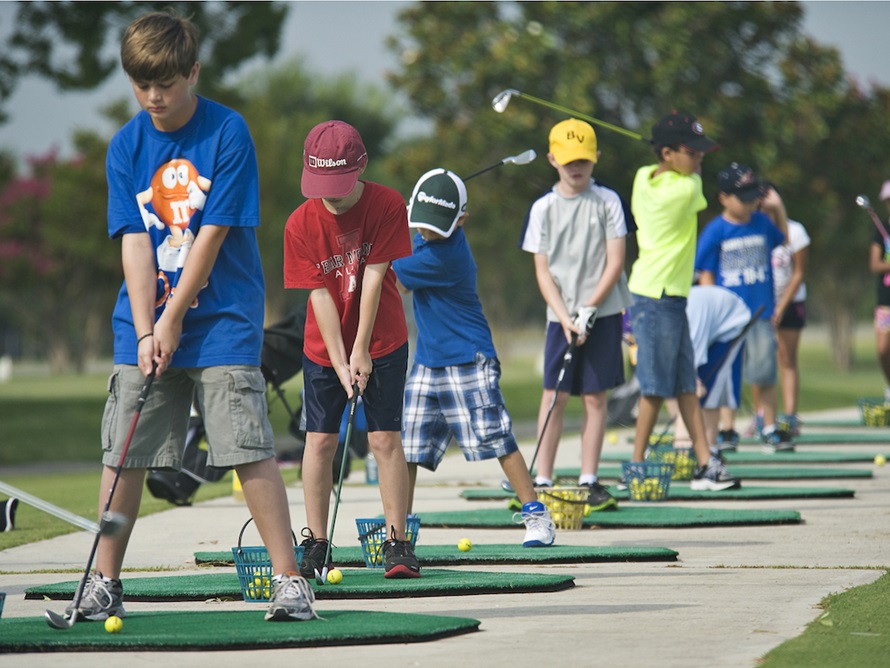Lifestyle
The Whats and Hows of Ballet Boards
The world of dance is based on freedom of movement and agility. It’s a form of self-expression and creativity that requires a great amount of skill and precision, as well as the right equipment to execute the most complex techniques. Ballet, in particular, demands a lot of strength and flexibility, with signature moves that demand considerable dexterity, control and balance.
That is why it’s so important for aspiring dancers to invest in quality equipment and accessories that can help them reach their maximum potential. Aside from choosing the right ballet shoes for your feet and the proper clothing for dance practice, it’s also important to invest in a sturdy ballet board as the perfect dancing aid.
Benefits of Using a Ballet Board
In a nutshell, the flat surface of this specialised board serves as a platform that dancers can use to perfect their technique. It’s normally placed next to a wall or a barre, allowing dancers to practice movements with more precision and stability. This can yield a number of benefits for the dancer, including:
Improved Balance and Stability
With a ballet board dancers can practice their technique without the risk of slipping and falling as they would with a hardwood floor. This is because the board allows them to place their feet in exacting positions, which can help with balance and stability.
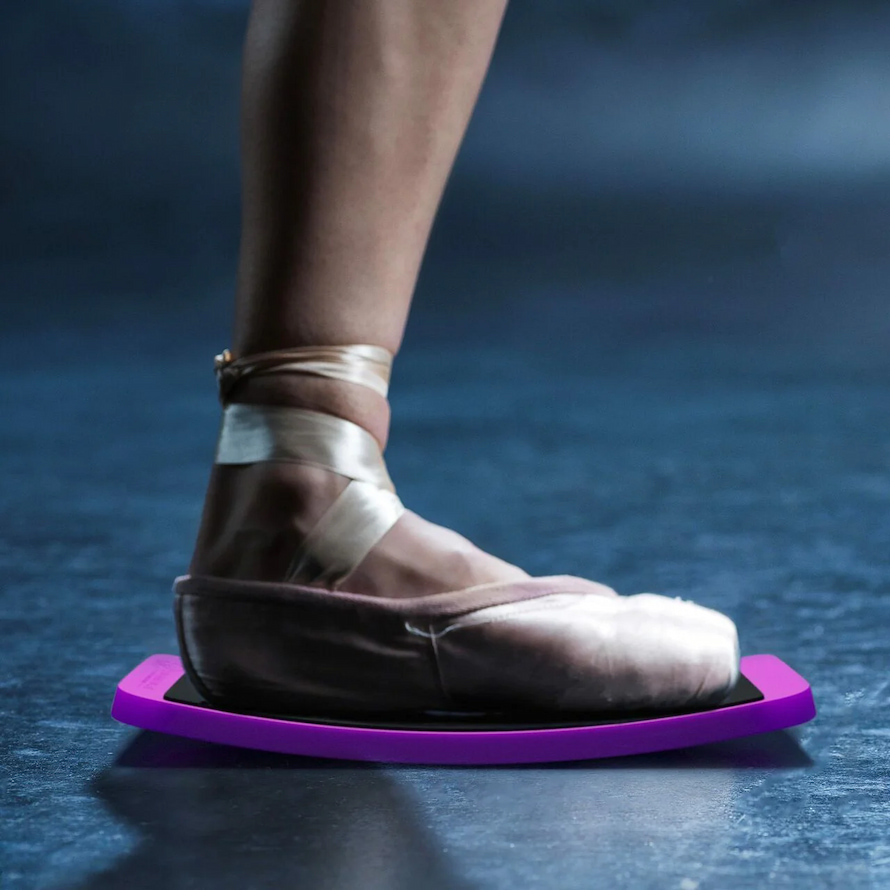
Given the complexity of certain ballet moves, having an additional platform that provides the extra support is essential. It can also help prevent potential injuries from slips and falls, particularly for younger dancers who are still honing their skills.
Enhanced Flexibility and Strength
Besides helping with balance, ballet turn boards can also be used to boost flexibility and strength by aiding in stretching exercises. As dancers practice both the plie and relieve movements with a board, their legs and feet become more flexible and agile over time.
The board can also help with strengthening the calves, ankles, and feet muscles, as well as a dancer’s overall stamina. This is especially useful for those who are preparing for upcoming competitions or performances, where strength and endurance are essential.
Proper Technique Reinforcement
When practising on regular dance floors, it can be easy to get into bad habits when executing complicated ballet. This is because of the lack of precision and stability that a regular floor can offer. With a board, however, you have the option to practice your technique with greater accuracy and consistency.
It offers a level of support and reinforcement that can be hard to come by in a regular studio setting, giving dancers the chance to perfect more complicated manoeuvres with greater ease. When used correctly, a board for ballet can be the difference in taking your dance performance to the next level.
How Do You Use a Ballet Board?
For the best results, you’d need to understand how a board works and how it can be used to perfect your technique. From warm-up exercises, practising turns and spins, to stretching and strengthening exercises, there are a number of ways you can use this versatile tool for your dance session.
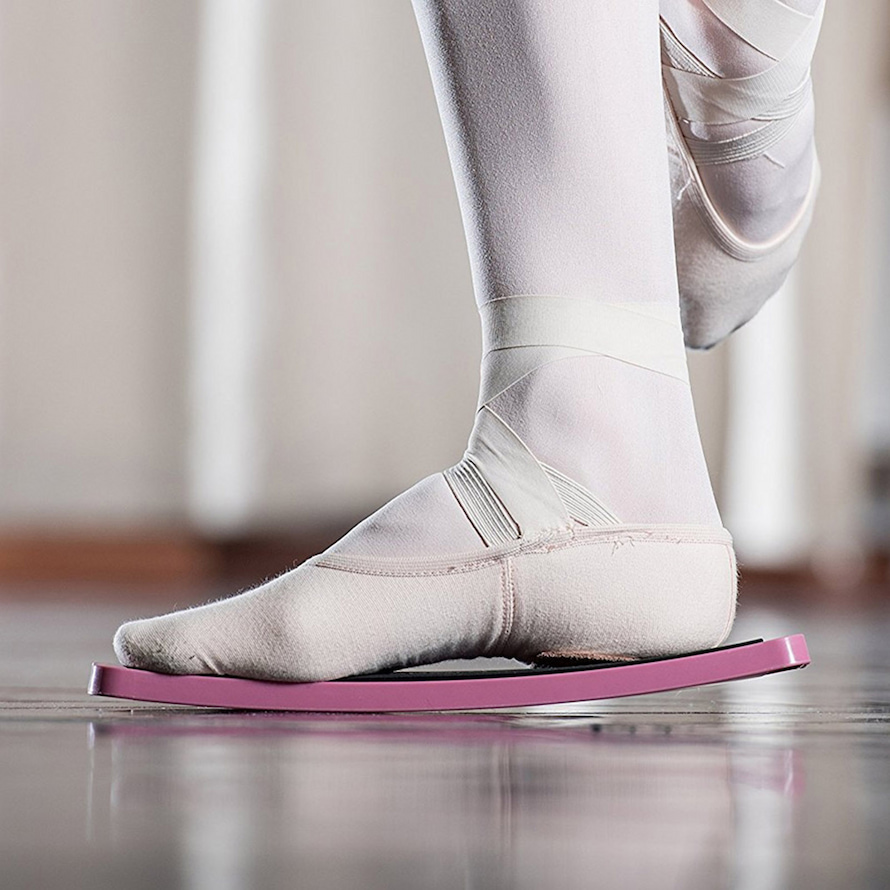
You can perform fouettes and chaînés with a ballet turn board for warm-up exercises. This can help build strength in the feet and ankles, as well as improve coordination. For practising turns, you can use it to perfect pirouettes or en dehors. This is because the board offers the right amount of traction to help you execute these turns with greater ease.
As for stretching exercises, the board gives you the opportunity to practice arabesques, relevés and grand battements with greater accuracy. This can help boost flexibility and improve foot articulation.
Key Considerations
Even though these boards have multiple benefits for dancers, not all of them have the same features and specifications. When selecting one, you’d have to be mindful of your specific needs and preferences, as well as the kind of movements you’d be practising on the board.
Size
The size of the board should depend on how much space you’ve got available in your dance studio or home. For those who are tight on space, you can opt for a smaller board that may be easier to store away when you’re done with your session. If you’ve got plenty of space, then you can go for a larger board that is better suited to more complex manoeuvres.
Bear in mind that smaller models may not provide the same level of stability as larger ones do. Not only can they limit your range of movements, but you may not be able to practice certain jumps or spins that require a greater level of support.
Surface Type
The materials used on the surface of the board can have an impact on the amount of traction it provides. For instance, a board with a rubber surface can offer more grip and stability than one with a wooden outer layer. But even though rubber surfaces offer more traction, they tend to be harder on the feet compared to wood.

Moreover, you should choose a board with the right texture, as this can help you perform turns and jumps more precisely. A board with a soft surface might be more suitable for those who don’t have strong feet muscles yet, as it won’t put too much pressure on the feet. As for experienced dancers, a model with a harder surface can help them perfect more complex manoeuvres.
Cleaning and Maintenance
Naturally, you’d want to make sure that your board is clean and hygienic for every use. This means wiping it down with a sanitising solution after each session. You’d also want to check for any signs of wear and tear, as these may indicate that it needs replacing. Some models come with a protective mat that should be placed underneath the board during use. This can help decrease the amount of cleaning and maintenance required for it.


